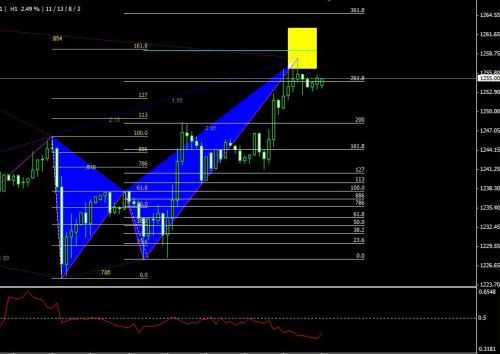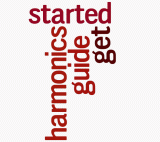Trade with an Edge
Risk Reward Ratio
This page is about the risk reward ratio ("RvR") - how to calculate it and how to use it to enter trades at the right place.
Most traders identify an entry level first, and then work out where to place a stop-loss (that is, if they use stop loss - and amazingly, many don't!).
This is completely the wrong way round!
When you consider entering a trade, the question you should ALWAYS ask yourself first is...
"Where is a good place for my stop-loss?".
The answer to this question determines if you are going to trade. And if you are, then it is one of the things that determines where you are going to enter that trade.
If there is no obvious place for a stop-loss that appears "safe" - then .... no trade.
Why? Because its very likely to be a low-probability, high-risk trade. And, obviously, we are not interested in those.
The next question is ...
What is the minimum RvR for this trade?
The Risk/Reward Ratio (RvR) must always be greater than 1:1 if you want to stay in business long. That is a golden rule. Generally a minimum RvR of 1:2 is a good idea. That means risk $50 to make $100 minimum in return.
What is the first Target?
This is easy - because it is usually the B level on a harmonic pattern.
Now, and only now, can we ...... Calculate the ideal entry level for this trade.
Risk is the distance between the stop-loss and the entry price.
Reward is the distance between the entry price and the target.
The Risk Reward Ratio (or Risk Versus Reward - "RvR") is used with the Stop and the Target to calculate the best place to enter the trade.
If price is not at that entry level yet - then you have to wait till price reaches it. Or else - no trade. (Why? same answer as before: - too much risk compared to the reward. It would be a high-risk trade. And, of course - we're not interested in those.
Here's an example:
Let's say, in a bullish trade, the best place to put a stop loss happens to be 0.9031, (for whatever reason), and the first target is the B point at 0.9091.
In this case, if your trading rule is that risk reward ratio must be at least 1:2 (as mine is), then your entry cannot be higher than 0.9051.
Risk = 0.9051 - 0.9031) = 20. Reward = (0.9091 - 0.9051) = 40.
What happens if price hasn't come down to 0.9051 yet? Simple. Do not enter the trade until it does.
Of course, if price comes down even lower, then you get a better risk reward ratio. For example if price reached 0.9045, that would give you a risk reward ratio of 14:46. Risking 14 pips to make 46 pips is an RvR of just over 1:3.
The harmonics trading method is the only method I know that offers an objective way to determine the risk-reward ratio.
Another risk reward ratio example

The first thing to do is figure out where the stop-loss should be.
I generally place a stop 13-21 pips outside the PRZ - and a few pips the other side of a Support/Resistance line if there is one close by. Your risk is the number of pips from the middle of the PRZ to your stop.
Compare that risk to the potential reward, which is the distance between your average entry price, assuming you are scaling-in, and the B point. If the risk/reward ratio is more than 1:2 and less than 1:6, then you have a viable trade.
Why should the risk/reward ratio not be above 1.6? After all, it may seem a little strange that we actually consider a risk/reward (RvR) ratio of 1:7 (risk $1 to win $7) to be too high.
One way this can happen is if the PRZ is very small - say less than 10 pips from top to bottom. The issue then is that spread plays too large a factor in the calculation.
I recommend the following pages for further details on harmonic patterns.
Harmonics Basics
- A Trading Edge
- Why Harmonics Pattern Success is High
- Trading the Probabilities
- Low-Risk Trading - Risk & Reward
- Leverage
- Trade Entry
- Scaling Into a Trade
- Trade Management
Trading Resources
Money Management
Learn how Adaptive Position Sizing can grow your account balance - exponentially.
Cash rebates on your trades.

Real-time harmonic alerts to pc and email. Free harmonics education videos and harmonic software. Harmonic traders chat room.
Certified Harmonic Training Webinar Series
Certified Harmonic Trading Educational Webinar Series
Over 15 hours of educational lessons narrated and presented by the originator of Harmonic Trading, Scott Carney.
Money Management
I use ForexSmartTools to run my forex trading business. Watch the video - see how they work

Further Reading
 Good Books for Harmonic Traders
Good Books for Harmonic Traders






